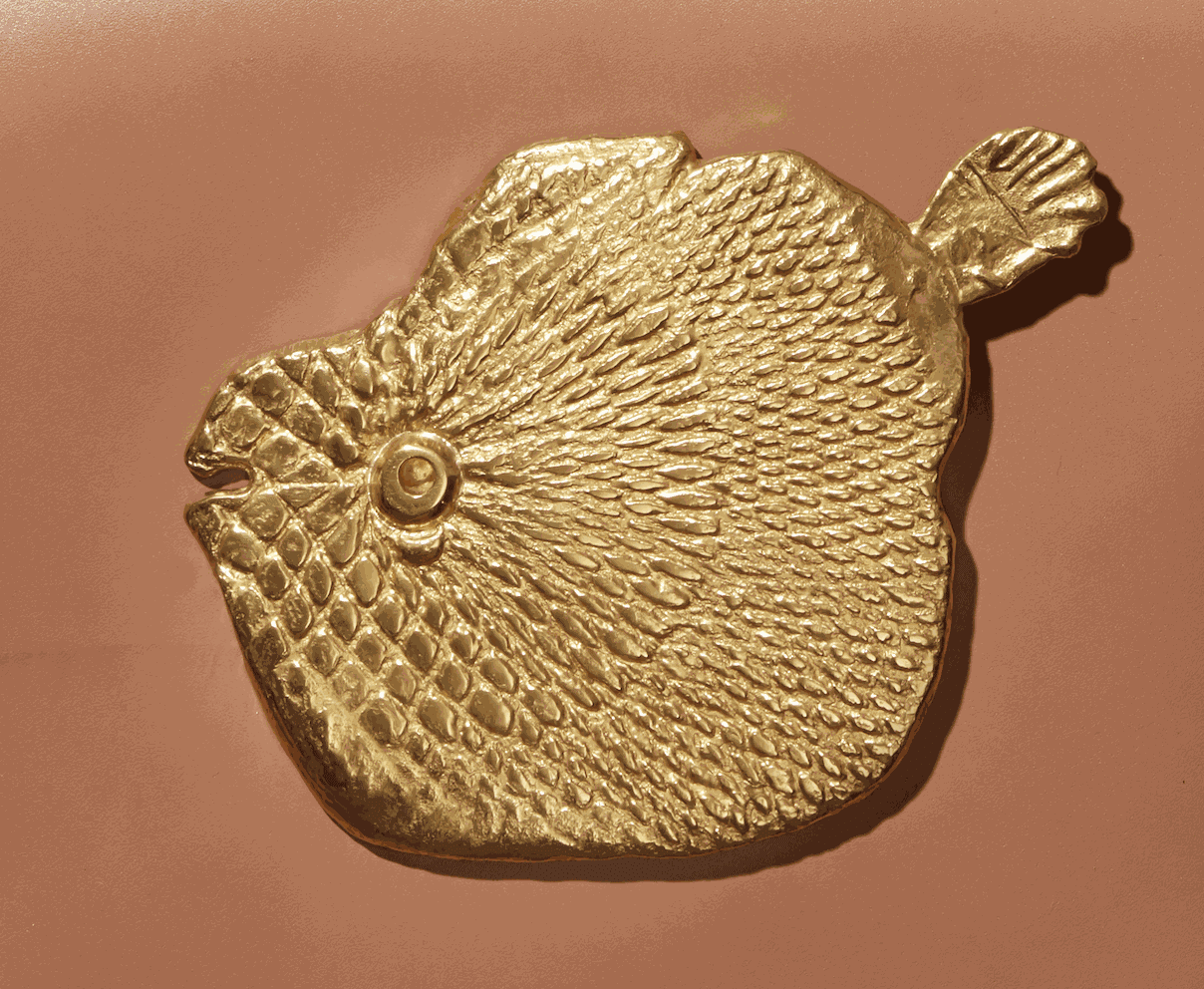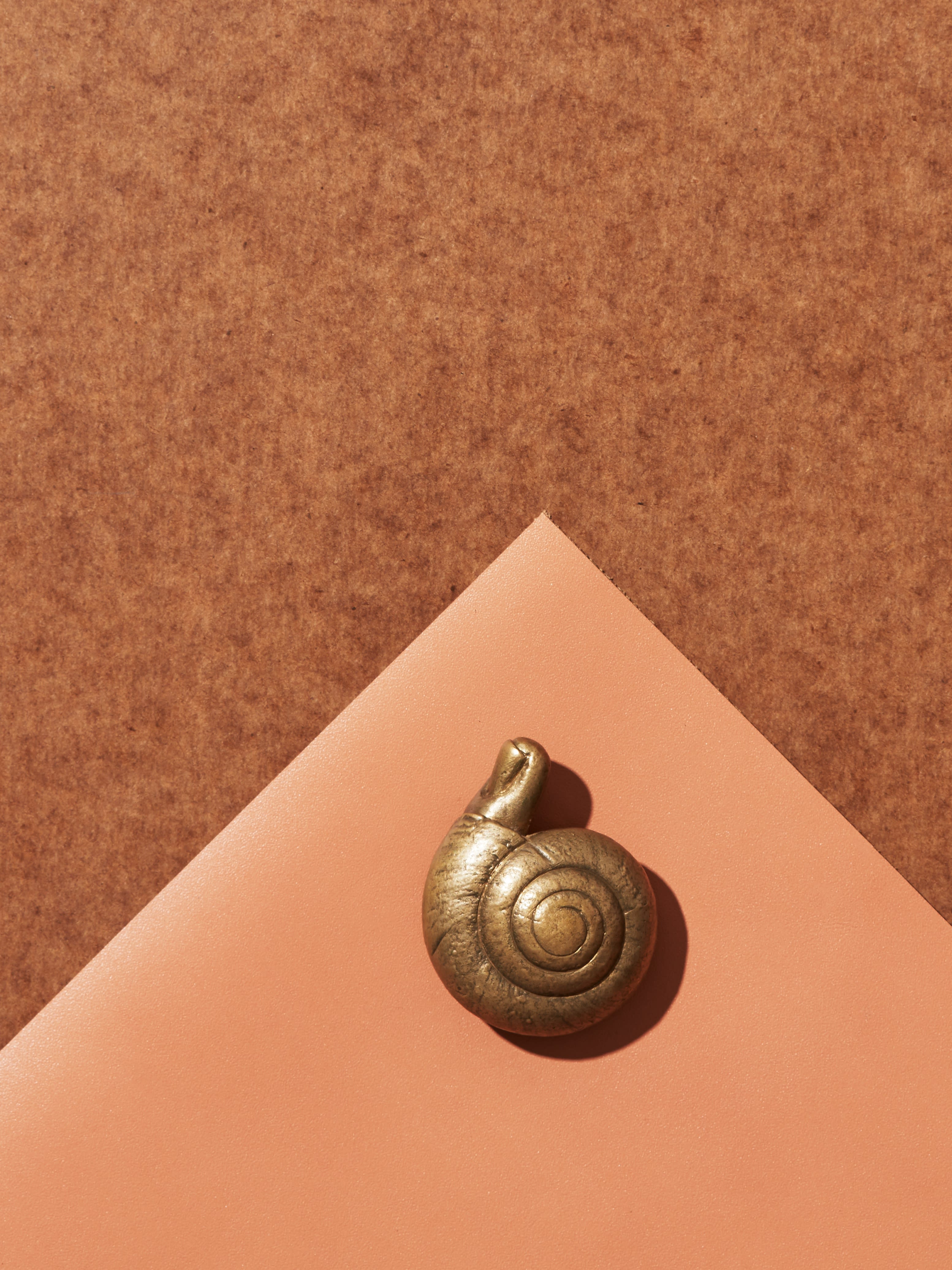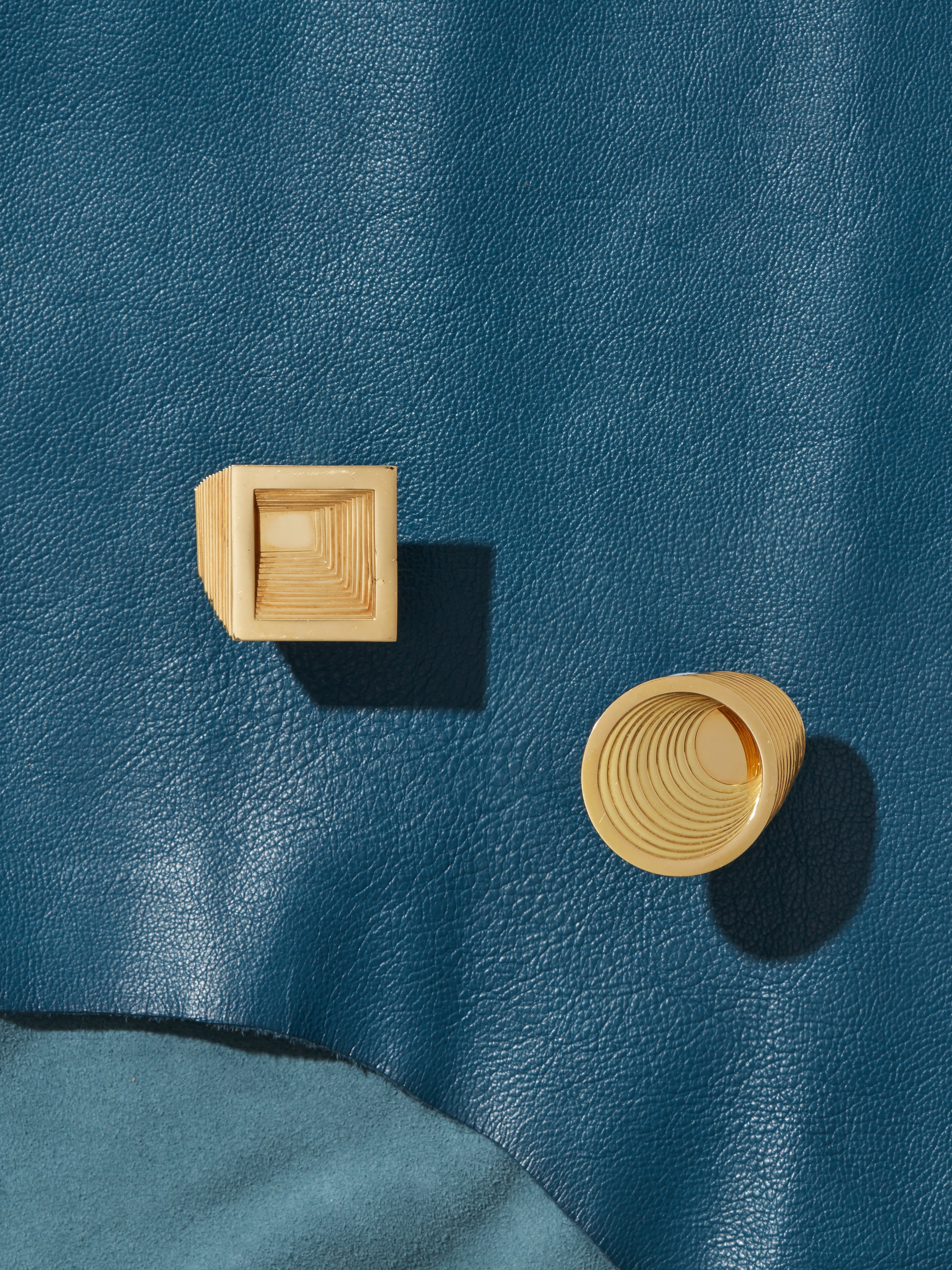The natural world has been directly linked to the History of Art since our earliest ancestors first represented it on cave walls as their principal subject matter. These illustrations depicted a variety of scenes reflecting their collective behavior to spiritual symbolism, and it is that same desire to assign meaning to the wildlife which surrounded them, which has inspired and driven artists to keep human cultures connected across space and time.
Becoming an endless source of inspiration and fascination, artists have used animals and their environmental surroundings in their work, portraying them as allegorical representations, mythical creatures, aesthetic or scientific muses, or simply as our friends and lifelong companions. Even today, the wildlife and its environment continue to be an instrumental and formative field to artists whose work is deeply touched by their existence. On these grounds, jewellery is no exception since flora and natura have long captured the imagination of artists and jewellers over the years.
We are very pleased to commence 2021 with Navigating the Natural World, a curated selection of artist jewellery that puts the focus on nature, whilst exploring the symbolism and meaning behind wildly playful and creative pieces of wearable art.
Through the eyes of British artist Sir Peter Blake (b. 1932), there is always room for animals of any kind in a Modern and Pop World. Well known for being an avid collector from an early age, the founding father of British Pop Art came across Walter Potter’s Museum in Sussex, when he was a teenage cyclist, an experience he often recalls as amazing because the discovery of this particular collection exhibition evolved around Potter’s work as a taxidermist featuring anthropomorphic dioramas. Many years later, Blake acquired some of Potter’s stuffed animals after the museum closed in 2003, adding them to his very own studio collection, a sanctuary of found objects, ephemeral, and Elvis souvenirs among many other items that often influence his art and oeuvre.
With the use of lithographs and collage, these mediums allow Blake to create a frenzied theme to bring out one of his favourite subjects, the circus, depicting a unique perspective in which Zoo animals are the main stars of the scene.
The Louisa Guinness Gallery approached Blake in 2007 with the aim of encapsulating a piece of this extraordinary art inside a set of 18k gold cufflinks; nevertheless, another project found Blake exploring his appetite for collecting ‘things’. Working with the gallery again in 2010, Blake assembled small collections of disparate objects, from elephants to crosses, to a collection of an imaginary chatelaine and looked at how they could be suspended from a silver chain worn as a bracelet or a necklace, rather like wearable collages that can also be hung from a frame to make a wall-mounted artwork when not being worn.
I'm interested in natural growth patterns and the beautiful forms that only nature creates. How that flows through me and how that comes out is what I'm trying to understand.
- Ross Lovegrove
The designer and visionary, Ross Lovegrove (b. 1958) was inspired by the logic and beauty of nature. The Welsh artist’s designs create a synergy between technology, materials, science, and intelligent organic form.
In collaboration with Louisa Guinness Gallery, Lovegrove made a series of rings that were 3D-printed directly into gold. This was an avant-garde move in 2013 as most 3D printing at that time required a two-step process such as printing in wax or resin to make a mold from which the gold version could be cast. Lovegrove was determined to print directly in gold, however, the first few attempts were unsuccessful. Eventually, the Foliate series emerged with perfect definition; able to translate the sense of virgin leaves unfurling. They have been heralded as the earliest explorations of 3D printing in gold.
 MAX ERNST, POISSONS PENDANT, C.1961, 23K GOLD MEDALLION WITH SUSPENSORY LOOP ON REVERSE & WOODEN CASE. 0.9 X 12.5 X 17.9 CM, 144 G. GOLD, EDITION OF 8 + 2 AP.
MAX ERNST, POISSONS PENDANT, C.1961, 23K GOLD MEDALLION WITH SUSPENSORY LOOP ON REVERSE & WOODEN CASE. 0.9 X 12.5 X 17.9 CM, 144 G. GOLD, EDITION OF 8 + 2 AP.
In the case of Max Ernst (1891-1976), his natural ability to transform the incredible into something believable led him to create some of the most interesting interpretations of the human form and nature throughout his career, where private mythology mixed with childhood memories often translated into apocalyptical animal figures with human elements.
Not only did his artistic practice span over a great number of collages, paintings, sculptures, and etchings but also the production of jewellery. Ernst’s rejection of the conventional artistic styles of the day, coupled with his increasing interest in studying the psyche and an infatuation for the purest forms of primitive art – specifically by the Southwest Native American Navajo art which he discovered whilst living in Sedona, Arizona between 1943 and 1957 – resulted in these ancient tribal forms echoing in his works where he interpreted and depicted their rituals and spiritual traditions.
Ernst and renowned goldsmith François Hugo established a long-standing friendship when they met at an exhibition organised by André Breton, in Paris, in 1922. Ernst was also a close friend of Hugo’s wife, Princess Ruspoli, and would often stay at her family’s castle in Vigoleno, Italy. In the early years of their friendship, before the outbreak of the Second World War, Ernst and Hugo had experimented with gold. However, nothing memorable emerged and they didn’t work together again until the late 1950s. Using the repoussé technique Hugo had perfected whilst working on the famous plates of Picasso, the pair produced a series of 34 pendants in 22 to 24-carat gold which was superbly lightweight and textural for their size. The textured surfaces mimic the techniques Ernst often used in his painting; a combination of abstract images mixed with reality.

CLAUDE LALANNE, 'ESCARGOT UN DOIGT’, 1968 SIGNED 'CL LALANNE'. BRONZE AND COPPER. 5.0 X 4.0 X 2.0 CM, 124 G. EDITION OF 250
Claude Lalanne (1924-2019) successfully conveyed that passionate, poetic, and often surrealist approach to nature without ever losing any delicacy through her work as the other half of Les Lalanne.
Along with her husband, lifelong companion, and partner, François-Xavier, Lalanne's search for a true likeness led her to combine the natural world in unthinkable ways. Though they worked separately and only collaborated together in a small number of pieces, Lalanne’s very personal style is instantly recognized in a great number of fantastic beasts she created that come to live in any kind of scenario.
When asked whether a particular philosophy guided her work, Lalanne replied: ‘I regret to say but no; I just do what I want when I feel like it,’ and it is that as unique and spectacular as each of them can be - from monumental cabbages with bird legs to petit snails with a human finger as a head - they all reflect, undoubtedly, Lalanne’s quirky inventiveness and skillful hands.

LEFT: ANISH KAPOOR, ATLAS RING, (SQUARE), 2012. 18K YELLOW GOLD. INCISED WITH THE ARTIST'S SIGNATURE, NUMBERED & HALLMARKED. 3.1 X 3.5 X 0.8 CM | 38 G. EDITION OF 25 IN COLLABORATION WITH LOUISA GUINNESS. RIGHT: ANISH KAPOOR,ATLAS RING, (ROUND), 2012. 18K YELLOW GOLD. INCISED WITH THE ARTIST'S SIGNATURE, NUMBERED & HALLMARKED. 4.2 X 3.5 X 0.7 CM, 47 G. EDITION OF 25 IN COLLABORATION WITH LOUISA GUINNESS
There is no doubt that British artist Sir Anish Kapoor (b. 1954) is one of the most influential sculptors of his generation. Best known for his public sculptures, adventurous in form, meaning, and construction, Kapoor’s work explores notions of space and anti-space, the molding of internal and external, of positive and negative. The relationship between man and his environment is, likewise, key to his art through the employment of highly mirrored surfaces, Kapoor creates a simple but striking dissonance on the horizon.
The Atlas series is the final element of the show. The title recalls the book which inspired the series design. The stepped exterior and hollow interior of the ring replicate the space created when the artist meticulously carved out the pages of a World Atlas. The structure is complex, requiring numerous layers of gold. For this reason, the first one of these rings took the London goldsmiths three weeks to execute. Each Atlas ring is produced in a small edition to the very highest standard.




